2024 Mitsubishi Triton Revealed, Should It Come to America?

The 2024 Mitsubishi Triton has made its global debut and everyone is already talking about how the midsize pickup might perform in our truck-heavy market. Though it could be argued that the vehicle was never intended to accommodate our needs and therefore has no business coming here.
Assembly of the Triton (also known as the L200) has been focused on Thailand and Brazil for over a decade because those are its most important markets. That was kept in mind when developing the new model, as it comes with a 2.4-liter diesel engine and drum brakes at the rear.
The most powerful version of the motor (which will be exported to Australia) will boast 201 horsepower and 346 lb-ft of torque. That would undoubtedly make it a little pokey compared to what’s available on our market. But it shouldn’t prohibit it from being a viable working vehicle.
Interior and exterior designs seem to be in line with the Mitsubishi Outlander. However, aspects of the Triton also do seem a little Ford-like. It’s more rugged looking than what came before, utilizes square wheel arches, and has this butch face you don’t normally see on Japanese pickups.
But it’s the little things that are likely to pay off. Mitsubishi said it redesigned the truck to be more work friendly. For example, the bed is a little lower to make loading easier and the door handles have been made larger to ensure they’re easier to grasp. Mitsubishi also elected to design the interior to prioritize buttons and knobs (even though screen controls tend to be cheaper to manufacture). Though the central touch screen is said to be utilized by someone wearing gloves without issue.
Off-road performance is said to be improved with the new pickup offering the “Super Select 4WD-II” system and upgraded drive modes (seven in total) to help improve performance away from the pavement. Meanwhile, the ladder frame has been upgraded to be lighter and more rigid with enhanced durability. Ditto for the body.
If the claims about improved comfort are also to be believed, it sounds like the brand has thrown together a decent product. The Triton appears focused on delivering practicality and enhanced comfort with some advanced tech.
"As a pickup truck that fits for a new era, we have developed the all-new Triton with even more Mitsubishi Motors-ness," said Takao Kato, president and chief executive officer, Mitsubishi Motors. "The key features of the all-new Triton were exclusively developed by Mitsubishi Motors, including a robust ladder frame and body, tough chassis, powerful and driver-friendly engine and 4WD system that achieves excellent road handling and stability. With production ultimately expected to reach 200,000 vehicles in over 100 countries, the all-new Triton is an extremely important model that will provide foundational support for Mitsubishi Motors, as well as the first global strategic vehicle to be rolled out at the start of our growth phase. Please look forward to our challenges that begin from here."
While some of the most advanced driving systems are absent, adaptive cruise control, blind-spot assist, rear cross-traffic alert, and a forward collision prevention system are all available on the new Triton.
When auto enthusiasts talk about Mitsubishi returning to its former glory, they’re talking about 1982-2002. Those were the years when the brand saw explosive growth on the North American market and settled into being a reputable brand with a diverse lineup that included pickups.
Mitsubishi had spent years making inroads by sharing its platforms with Chrysler. While this would continue, the brand also started bringing interesting models of its own that were focused on being affordable and enjoyable to drive. Its performance catalog was truly enviable and its more practical models tended to be cheaper than what was offered by other import brands. But Mitsubishi threw it all away in a bid to chase down mainstream tastes.
Focusing heavily on performance wasn’t a winning business strategy, especially when the cars aren’t perpetually in demand and exorbitantly priced. However, dumping those products to focus on sport utility vehicles also doesn’t help when that’s not what you’re known for. By the early 2000s, Mitsubishi seemed to be losing its focus. Sporty models that aided the brand’s image and helped sales of its practical models were now missing. But it wouldn’t be long until the company started culling its entire lineup to mimic what domestic brands were doing.
Seeing the Triton return to our market would represent a return to normalcy. The model was sold here for decades as the Mitsubishi Mighty Max, Dodge D50, and Dodge Ram 50.
But it would be hard to imagine this particular model being a success on our shores. Its rivals would boast more advanced technologies and larger, non-diesel engines. But that doesn’t mean the Triton would be the inferior work truck.
The Triton would arguably be easier to service due to having fewer high-tech features and could presumably be sold for less than its main rivals. It would also be one of two midsize pickups available in the U.S. with a diesel engine. But seeing it come to America would assuredly require a manufacturing agreement with another brand and it’s not clear who that would be. Ram seems the obvious choice but it’s already supposed to be developing something in-house. Nissan would have been another option and even helped develop some of the tech for Mitsubishi’s pickup. However, the Frontier already exists.
There are plenty of ways to speculate on how the Mitsubishi Triton could be adapted for our market. However, it doesn’t seem like it will actually happen unless the company intends on building them here and that’s a bet few would take.
[Images: Mitsubishi]
Become a TTAC insider. Get the latest news, features, TTAC takes, and everything else that gets to the truth about cars first by subscribing to our newsletter.

A staunch consumer advocate tracking industry trends and regulation. Before joining TTAC, Matt spent a decade working for marketing and research firms based in NYC. Clients included several of the world’s largest automakers, global tire brands, and aftermarket part suppliers. Dissatisfied with the corporate world and resentful of having to wear suits everyday, he pivoted to writing about cars. Since then, that man has become an ardent supporter of the right-to-repair movement, been interviewed on the auto industry by national radio broadcasts, driven more rental cars than anyone ever should, participated in amateur rallying events, and received the requisite minimum training as sanctioned by the SCCA. Handy with a wrench, Matt grew up surrounded by Detroit auto workers and managed to get a pizza delivery job before he was legally eligible. He later found himself driving box trucks through Manhattan, guaranteeing future sympathy for actual truckers. He continues to conduct research pertaining to the automotive sector as an independent contractor and has since moved back to his native Michigan, closer to where the cars are born. A contrarian, Matt claims to prefer understeer — stating that front and all-wheel drive vehicles cater best to his driving style.
More by Matt Posky
Latest Car Reviews
Read moreLatest Product Reviews
Read moreRecent Comments
- Spectator Lawfare in action, let’s see where this goes.
- Zerocred I highly recommend a Mini Cooper. They are fun to drive, very reliable, get great gas mileage, and everyone likes the way they look.Just as an aside I have one that I’d be willing to part with just as soon as I get the engine back in after its annual rebuild.
- NJRide Any new Infinitis in these plans? I feel like they might as well replace the QX50 with a Murano upgrade
- CaddyDaddy Start with a good vehicle (avoid anything FCA / European and most GM, they are all Junk). Buy from a private party which allows you to know the former owner. Have the vehicle checked out by a reputable mechanic. Go into the situation with the upper hand of the trade in value of the car. Have the ability to pay on the spot or at you bank immediately with cash or ability to draw on a loan. Millions of cars are out there, the one you are looking at is not a limited commodity. Dealers are a government protected monopoly that only add an unnecessary cost to those too intellectually lazy to do research for a good used car.
- Redapple2 I gave up on Honda. My 09 Accord Vs my 03. The 09s- V 6 had a slight shudder when deactivating cylinders. And the 09 did not have the 03 's electro luminescent gages. And the 09 had the most uncomfortable seats. My brother bought his 3rd and last Honda CRV. Brutal seats after 25 minutes. NOW, We are forever Toyota, Lexus, Subaru people now despite HAVING ACCESS TO gm EMPLOYEE DISCOUNT. Despite having access to the gm employee discount. Man, that is a massive statement. Wow that s bad - Under no circumstances will I have that govna crap.

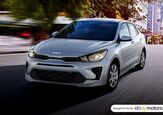
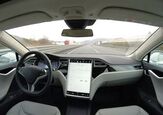

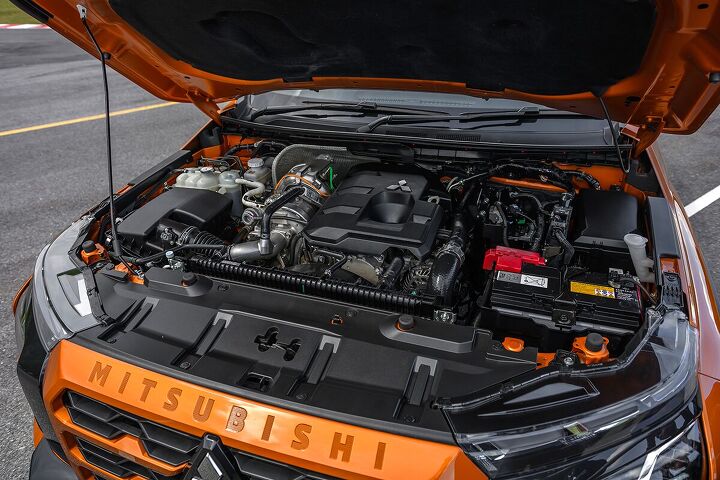



















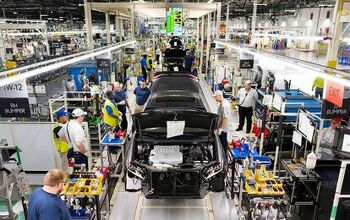

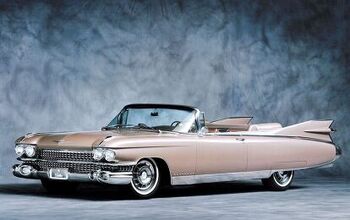
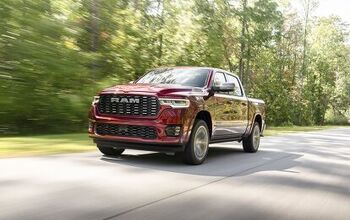
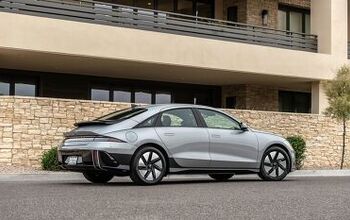
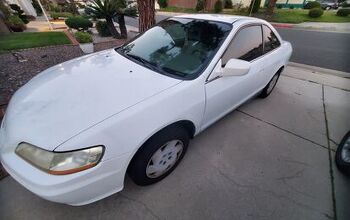

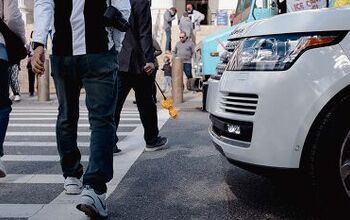

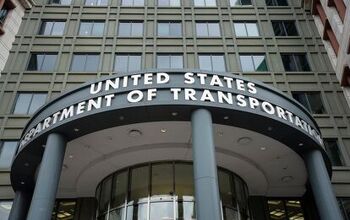
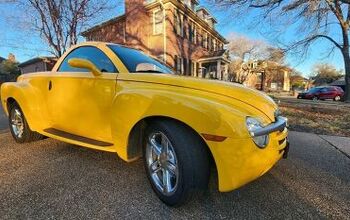

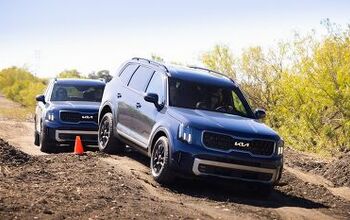
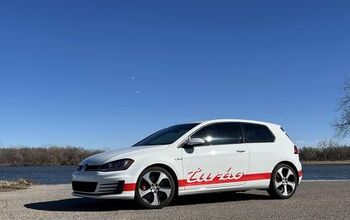
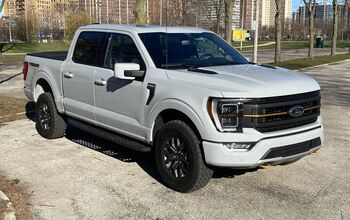
Comments
Join the conversation
There is a good market here for something like this, but we're going to have to say "F" the EPA. Give us the survival version diesel (could run on modified veg oil if necessary). Forget the "drive modes" and anything other fancy b.s. 4WD is good if you skip the auto locking hubs (make them manual) but include a (at least one) electronically locking diff. You can skip the transfer case reduction if you provide a 7-speed manual with a crawl speed 1st gear. I'll go get my checkbook.
I moved to France two years ago and find that pick up trucks aren't very popular here, small vans are more practical. However, the pick ups you see are almost always the Mitsubishi L200 and the Ford Ranger. Curiously you don't see any Toyota pick up even though Toyota is a very popular brand here. Mitsubishi has a good reputation in Europe for building solid, reliable vehicles. I just bought a 2019 Outlander PHEV because of their reputation, also, gas is close to $8.00 per gallon, so plug in hybrids make great sense when you live here.